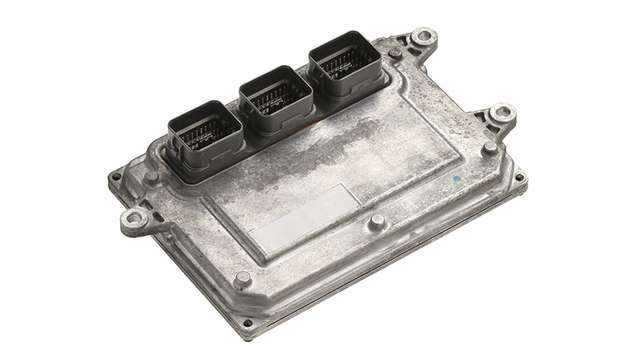- engine
What is an Engine Control Unit and how does it work?

Updated 11 Oct 2019
Joel Ilton

In the past, engines relied on mechanical components to keep them running at their best.
With the development and evolution of technology, more and more manufacturers turned to using control modules and other electrical components to increase the performance and efficiency of the engines they created.
Today, the main component in these systems is the Engine Control Unit, or ECU for short.
There’s always a lot of talk about the ECU, but what exactly does it do?
Is it really that crucial to engine performance? Is reading this going to give you a headache from all the complex wording? Let’s try and break the engine control unit down into simple terms.
The ECU receives information from various sensors on the engine, compares that information to predetermined programming decided on by the manufacturer, and then sends outputs to the spark plugs, fuel injectors and other components to allow the engine to run as effectively as possible.
This all happens hundreds of times a second and the ECU is constantly monitoring air temperature, engine positioning via the camshaft and crankshaft position sensors, and oxygen content in the exhaust, while working to adjust the air and fuel mixture and ignition timing to make the most of every combustion cycle.
This is a very basic overview of what the ECU does, but what actually is and ECU?
The principle of the ECU is the same as your computer or laptop at home.
It is comprised of software and hardware, utilising a microprocessor that can, in real time, analyse and process the information coming in from various sensors and make any adjustments needed.
The ECU itself can be upgraded or updated by reprogramming or updating the software and hardware as required, although software updates are much more common as this does not require any internal changes to the ECU.
So, how does all the information coming from the sensors reach the ECU?
This is where the CANBus system comes in. CANBus stands for Controller Area Network Bus, and it is designed to allow multiple control modules and sensors in a vehicle to communicate and share information with each other at super speeds.
Information such as wheel speed and throttle position is required by a number of control modules to allow the vehicle to operate correctly and the CANBus system allows this information to be shared quickly between the necessary components.
This system is used by all manufacturers, as it is required for onboard diagnostics (OBD) and has been a mandatory requirement since the late ‘90s.
It allows for a diagnostic machine to be plugged in to the vehicle and any trouble codes stored in control modules to be read by technicians.
The ECU is an amazing part of a complex system that keeps your vehicle running in tip-top condition without you even having to lift a finger.
Now, where did I put that panadol?

Written By
Joel Ilton
Finding a passion for cars from a young age, Joel carried out work experience as a mechanic whilst at school before starting an apprenticeship after finishing year 12.
Joel is now the Workshop Manager at Robina Volkswagen.